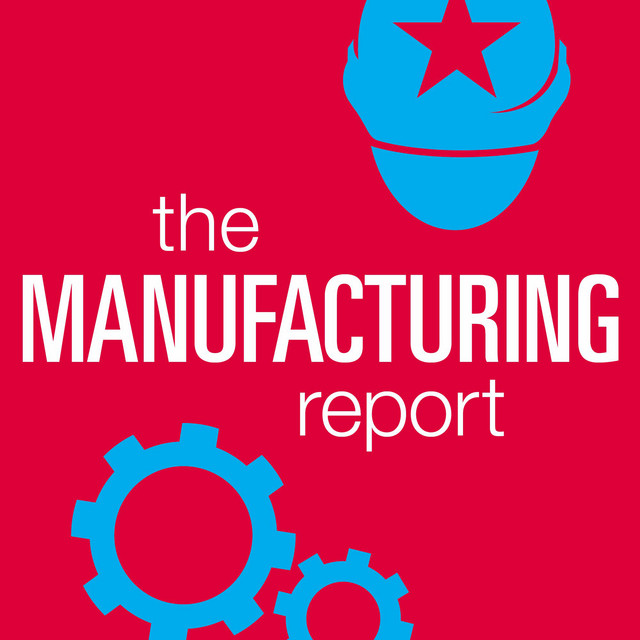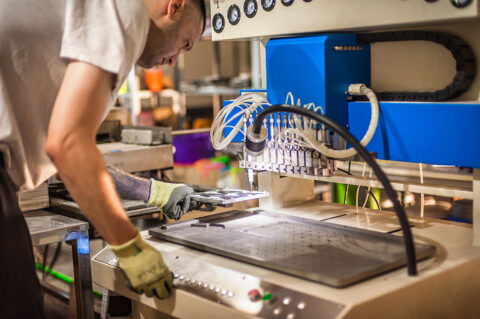In the latest episode of The Manufacturing Report podcast, Scott Paul, President of the Alliance for American Manufacturing (AAM), sits down with Tom Futey, President of Wright Tool Company. Founded in 1927 in Barberton, Ohio, Wright Tool has weathered the ups and downs of American industry, remaining committed to quality, innovation, and its workforce throughout its nearly 100-year history.
Futey, a lifelong Cleveland resident, joined Wright Tool in 1993 after being introduced to then-CEO Dick Wright. He served as CFO for many years before becoming president in 2021. Futey shares the secrets to Wright Tool’s longevity and success, attributing it to the leadership and pillars of the company, a focus on best-in-class quality and customer service, and a strong company culture.
“I think diversity lends a company to have longevity when it’s diversified. You know, so our customers are diversified. The industrial distribution business in America is unbelievably fragmented.”
Wright Tool primarily serves the government and heavy-duty industrial, construction, and infrastructure sectors. Its tools are used in oil and gas, mining, refineries, power plants, bridges, and by the Department of Defense. This diversified end-user and distribution base has contributed to the company’s resilience through challenging times, including the post-COVID workforce difficulties.
Futey emphasizes the importance of innovation and operational control to ensure excellent customer service. Wright Tool holds several patents and exceeds government standards for strength and safety. The company maintains a blend of older and modern equipment, with in-house machining, forging, and tooling production.
Central to Wright Tool’s identity is its commitment to Made in America. Futey notes the patriotism and perception of superior quality associated with American-made products, and the company takes pride in educating customers on tool quality, safety, and its lifetime warranty.
There’s nothing more personal than a pipe fitter or an iron worker that’s holding our wrench every day making his living. He knows. As soon as he puts our tool on a fastener, he knows. And then the safety issue is a big thing.
Looking to the future of American manufacturing, Futey sees growth potential, but acknowledges the challenges in rebuilding talent and infrastructure after decades of outsourcing. He emphasizes the need for resolution on tariffs, tax cuts, and interest rates to support the industry.
Throughout the conversation, Futey’s pride in Wright Tool’s history, workforce, and commitment to quality is evident. As the company approaches its centennial, it stands as a testament to the resilience and importance of American manufacturing.
To learn more about Wright Tool and its products, visit wrighttool.com. For more stories of American manufacturers and to explore AAM’s work, visit americanmanufacturing.org.




